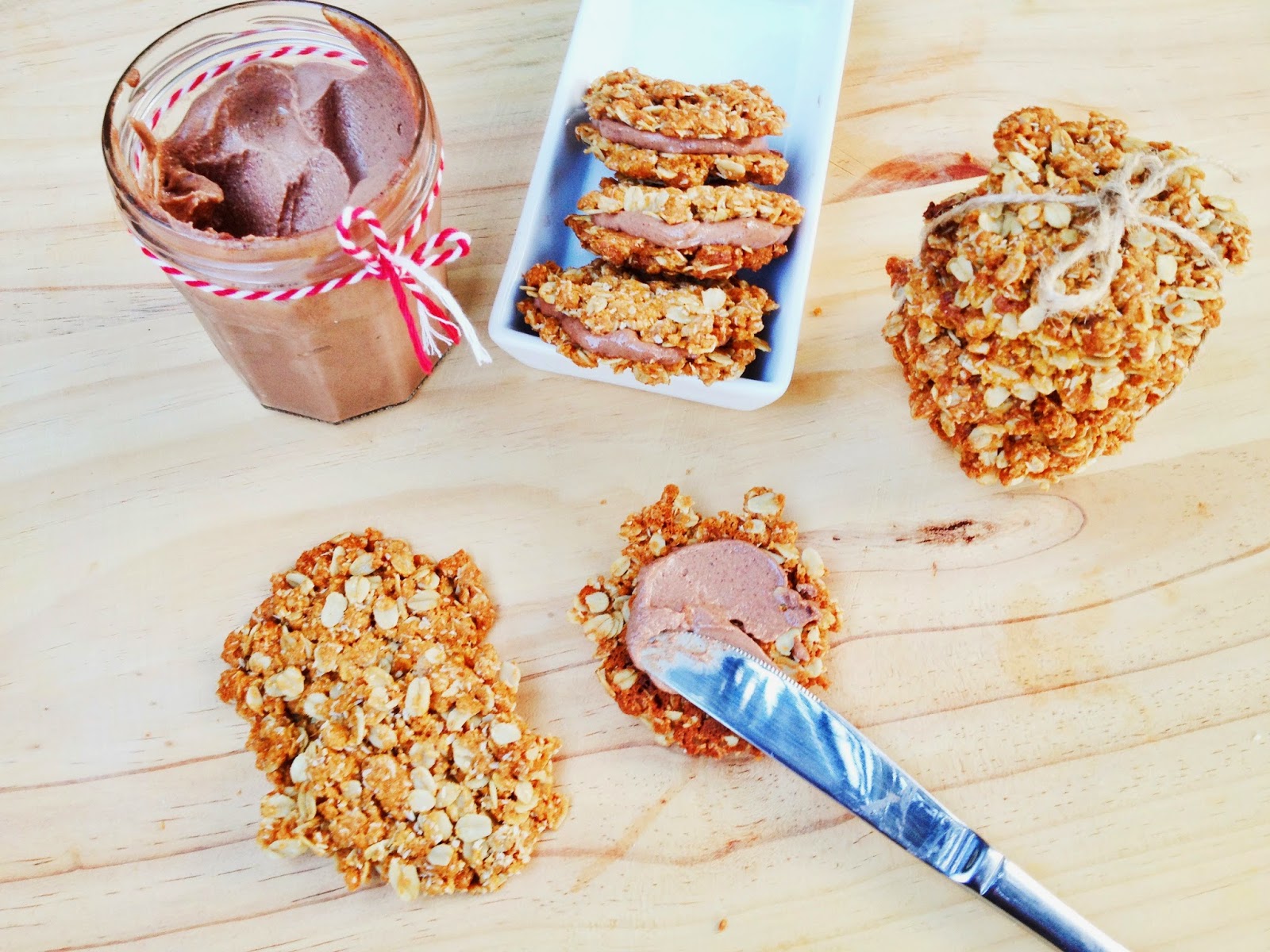My husband loves biscuits, and Anzac biscuits are one of his fave all time biscuit. So I set out to make some vegan friendly Anzac cookies that still tasted good, with the right amount of crunch.
For those of you who are wondering what Anzac is, it's actually a public holiday for us Aussies, to commemorate and remember those who have died in military operations.
The Anzac biscuit was originally called 'soldier's biscuit' and it came about from family who were wanting to send their loved ones supplies that would last without refrigeration, withstand the travel and also pack a nutrient punch. Enter the Anzac biscuit.
Here's an old recipe that I found and which I've adjusted to make it vegan.
Anzac Biscuits
Makes 16
Ingredients
2 cups of organic wholegrain oats
1 cup of organic spelt flour
2/3 cup organic panela (you could also use caster sugar)
3/4 cup desiccated coconut
1/3 cup golden syrup
125 g of organic coconut oil
1 tsp bicarb soda
2 TBS hot water
Method
Pre-heat oven to 160 degrees Celcius.
Place the oats, flour, sugar and coconut in a bowl and mix well to combine. Place the golden syrup and coconut oil in a small saucepan over low heat until melted.
Combine the bicarb and water together and add to the coconut and golden syrup mixture. It will bubble, just keep stirring it and then pour it over your oat and flour mixture and mix well to combine.
The mixture will be crumbly and won't stick together completely, don't fret, this is fine!
Place one tablespoon of the mixture onto lined baking trays and flatten to make rounds. Make sure you leave some room between biscuits for spreading.
Place in the oven and bake for 10 minutes. Take them out and leave to completely cool before you lift them off otherwise they will fall apart.
Be patient, the crunchy biscuit that you end up with will be worth it!
Now you can eat them as is, crumbled over ice cream, or stuffed with some delicious homemade nutella!
Homemade Nutella
Makes approx. 370 mls
Ingredients
150 g of raw hazelnuts
2 tsp pure vanilla extract
3 TBS raw cacao powder
4 TBS raw coconut nectar (or maple syrup)
1/8 tsp of Himalayan pink salt
1 TBS EV coconut oil
1/2 cup almond milk*
Method
Place the nuts in a food processor and process until they begin to form a paste. This will take a while, and you will need to scrape down the sides intermittently. I found that I had to stop and start as the motor was heating up!
Once it's start to form a paste and you can see that the oils are starting to get released, add the coconut oil and continue processing until it starts getting smooth. Add the rest of the ingredients and process a little bit more, until it's all creamy and spreadable. You can stop here or do what I did which is added it all to my vitamix and blended it on high for about 30 seconds.
This gives it a really smooth and creamy texture, more than what I got when I did it with just the food processor alone.
This gives it a really smooth and creamy texture, more than what I got when I did it with just the food processor alone.
Place in the fridge for about 30 minutes before you start spreading.
The colour of the nutella will darken if left exposed to the light/air.
I keep mine in a glass container with a tight fitting lid.
*I used store bought almond milk because it has a milder flavour than homemade as I didn't want the delicate hazelnut flavour to be over powered but choice is yours.
Hope you enjoy the recipe and please let me know if you try it.
Peas, love and mungbeans
xxb











